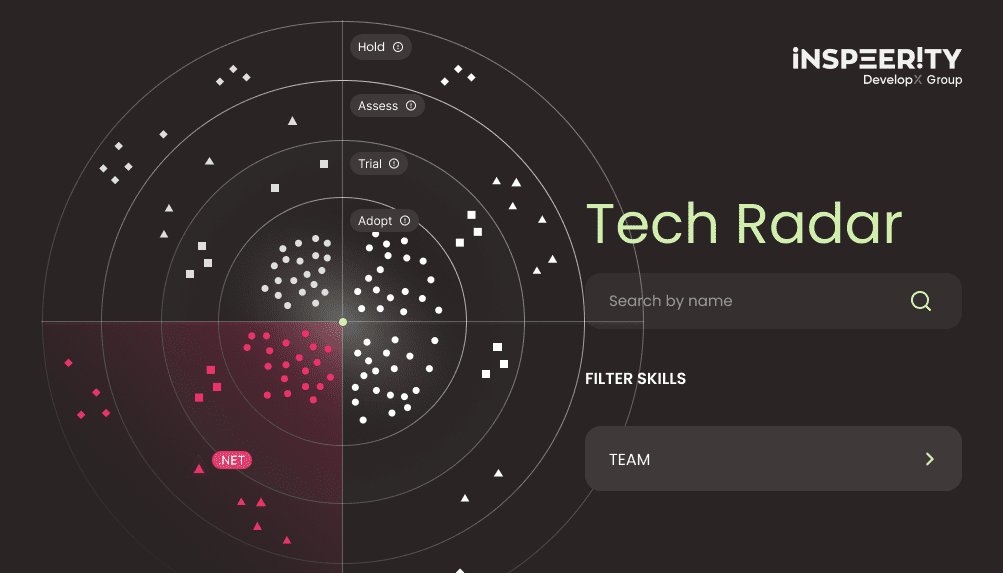When it comes to app development, the technical aspects play a crucial role in determining the project’s cost. But there’s more to this than just the technical side making it essential to look at it in more detail.
Human factors and your choices also play an important part. In today’s article, I will explore these areas and the key technical considerations that impact the cost of your app. Including the complexity of the app, platforms, UX/UI design complexity, back-end infrastructure, and connected APIs.
Understanding these software cost factors factors will help you make informed decisions and effectively manage the cost of your project. So, here we go, 6 factors that impact the cost of your app.
Table of contents:
- Your choices impact app software cost
- App development costs- Technical aspects
- Simple vs complex
- What platforms are you targeting?
- The complexity of UX/UI design
- Back-End infrastructure and connected APIs
- App development costs- Human costs
- Project management and planning
- Balancing cost and efficiency in app development
- Simple vs. Complex Apps: The app’s complexity can significantly impact the development cost. Simple apps, such as those that display information, have minimal functionality and don’t require complex algorithms or backend processing. Complex apps, on the other hand, require complex algorithms, tech stack, and intense backend processing. Examples of complex apps include Uber, which allows different user categories, each with access to additional profile editing rights.
- Customization and Testing: A complex app also means there’s more customization needed. Customization is a tedious process where developers write new codes to provide the functionality required for the app. It also means rigorous testing of the custom modules, which also results in a higher cost.
- Importance of User Interaction: The more user interaction needed, the more expensive the app will be. Apps like Uber, which require real-time interactions between drivers and riders, are more expensive to develop.
- Developing for multiple platforms: If your target audiences are on different platforms, you’ll need to build different app versions for the web, Android, and iOS. Developing an app for multiple platforms means forking out more for the development fee. You might need to hire different teams of developers to work on the different versions of the app.
- Cross-Platform vs. Native App Development: Cross-platform apps can save development time and cost by allowing you to deploy on both iOS and Android. However, some types of products may not benefit from cross-platform development, such as financial software with graphs and dashboards, streaming apps, etc. It boils down to the technology selection, whether Ionic, Flutter, Blazor, or React Native. In some cases, you’ll need to build native apps for each platform, which is more expensive.
- Importance of UX/UI Design: UX/UI design is important for user satisfaction and a high retention rate. Poor UI or navigation can cause users to ignore an app after using it for a while.
- Graphic Elements and Ease of Use: UX/UI design involves graphic elements like buttons, fonts, icons, and colors on every interface. It’s also about how easy it is for users to perform specific tasks on the app. It requires much effort from the developers to ensure that the app is visually pleasing and ensures a satisfactory user experience.
- Costs of Custom Artworks, Animations, Testing, and Redesign: Those efforts translate into costs for startup owners. You’ll pay for all the custom artwork, animations, testing, and redesign to ensure the app has the best UX features.
- External Systems and Heavy Backend Processing: Apps that add massive value to users seldom operate in isolation. Such apps are often connected to external systems and require heavy backend processing. Examples include ride-hailing apps like Uber, which require complicated background processes that are hidden from the simple-to-use client interface.
- Features such as Geolocation, Mapping, and Payment Options: Features like geolocation, mapping, and payment options attract users to the ride-hailing platform. Developers also go to great lengths to ensure user data is protected on the backend. These features require time or money to implement, and they contribute to the development cost.
- Data-Crunching and Custom Data-Exchange APIs: If the app requires heavy data-crunching on the server part, it’ll be more expensive to build.
- Cost of SM, BA, QA, Designs, and How to Calculate: The cost of project management and planning can vary based on factors such as the size of the team, their experience level, and the complexity of the app. Costs can include salaries, overhead expenses, software tools, and training. Calculating the cost typically involves estimating the effort required by each role (e.g., project manager, business analyst, quality assurance, designer) and multiplying it by their hourly rates or salaries.
- Making changes to the project: Another thing that can impact the cost is redesigns. If along the way you decide that additional features are needed, or there is a change to the product’s design, this will add to the development time. The longer the development time the higher the costs will be. This is in part to changes needing the code to be rewritten.
1. Your choices impact app software cost
The first and most important factor that comes to mind is you! Your project, your goals, and how quickly you want to get the product to market will affect the app development cost. This is all part of the process. It is worth mentioning that when starting, a discovery meeting is vital to discovering your goals and creating software around your needs.
Focus on the core features for the most bang for your buck
Listen to the experts here! I was in a situation where a client approached us with a list of functions and features that they wanted from the project. It was an impressive list and undoubtedly would have made a remarkable project. The problem was that more features meant a higher complexity and a higher app cost.
However, during the discovery meeting, we found out that they were just that, features, and most were not bringing any value to the project. As a result, the recommended project size meant costs were lower and still delivered the project in the timeframe with everything needed.
Take the time to decide on the core features of your project. And what brings the best bang for your buck. By concentrating on those you start to monetize your project earlier. Validate your ideas with clients and later implement additional features. I know there’s a temptation to think, more is better, but when it comes to costs the opposite is true.
Striking the balance: Cost vs time
Another thought on your part is how quickly you want the project to go to market. If the development time is tight, the team size will need to be expanded to work in a shorter time. And seldom larger teams will operate with the same velocity as smaller ones.
Ultimately, it should be on the shoulders of the software company to provide you with the right tools to make informed decisions about your project. If you hear that doubling the team will double the speed of the development it might not be the case.
If you do want to discover how to estimate project costs, we have a handy guide here.
App development costs- Technical aspects
Of course, the most obvious area that influences the cost of a project is the technical side. There are a few areas to consider that impact on the overall price. So let’s have a brief overview of some of them.
2. Simple vs complex
3. What platforms are you targeting?
4. The complexity of UX/UI design
It is important to point out that especially with customer-facing apps, you shouldn’t save on proper designs, it is not a very large cost percentage-wise, and usability is really important.
5. Back-End infrastructure and connected APIs
App development costs- Human costs
And finally, factor number 6, is the cost of the programmers.
6. Project management and planning:
Balancing cost and efficiency in app development
Developing a successful app requires knowing a little bit about the technical aspects that influence its app software cost. The complexity of the app, customization requirements, user interaction, and targeted platforms all contribute to the development expenses.
Furthermore, the complexity of UX/UI design, back-end infrastructure needs, and connected APIs impact the overall cost.
However, the cost of software development is not solely determined by the scope of work or the number of tasks that need to be completed. It is also heavily influenced by the efficiency and effectiveness of the development team.
A highly skilled and efficient team can accomplish tasks in a shorter amount of time, resulting in reduced costs. Their expertise, streamlined processes, and optimized workflows allow them to work more productively and deliver high-quality results efficiently compared to less experienced teams.
There are also other factors such as communication, coordination, understanding business objectives, feedback, etc… That’s why assembling a capable and experienced development team is crucial. By investing in talent, fostering collaboration, and promoting efficient practices, businesses can optimize their software development process and achieve cost-effective outcomes.




